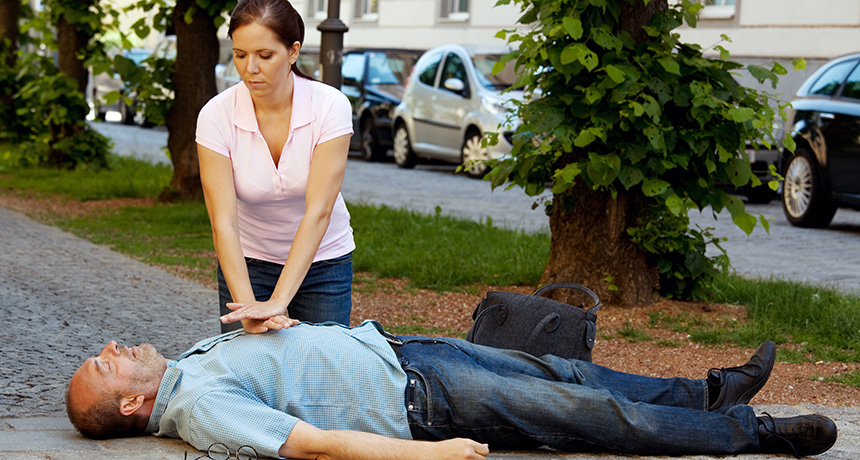Bystanders deliver on CPR
Revival rates up in U.S., Japan with hands-on treatment

HEART START People with cardiac arrest fare better if a bystander delivers CPR.
Lisa S./Shutterstock
Revival rates up in U.S., Japan with hands-on treatment

HEART START People with cardiac arrest fare better if a bystander delivers CPR.
Lisa S./Shutterstock